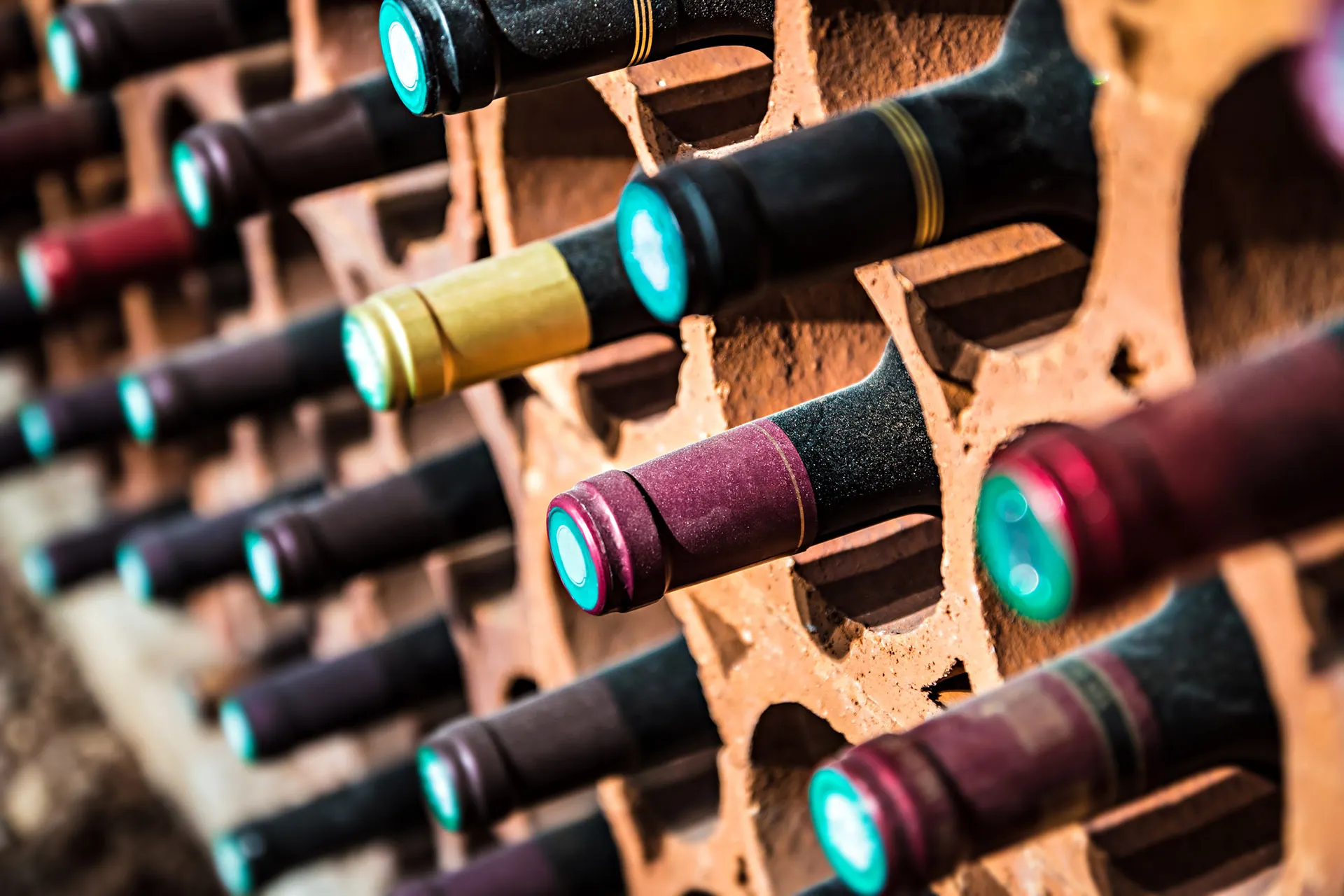Storing wine is akin to preserving a piece of art. It requires meticulous attention to detail to maintain its quality over time. Several factors come into play when determining the ideal conditions for wine storage at wine cellar chelsea.
Ideal Conditions for Wine Storage
Temperature
Temperature fluctuations can wreak havoc on wine at wine cellar chelsea, leading to premature aging or spoilage. The optimal temperature for wine storage ranges between 45°F and 65°F (7°C to 18°C), with minimal variations.
Humidity
Humidity levels in the cellar should hover around 70%. This ensures the corks remain moist, preventing air from seeping into the bottles and spoiling the wine.
Light
Exposure to ultraviolet (UV) light can cause chemical reactions in wine, resulting in unpleasant odors and flavors. Hence, it’s crucial to store wine in a dark environment or UV-filtered lighting.
Stability
A stable environment is paramount for wine preservation. Avoid placing bottles near vibrating appliances or in areas prone to seismic activity.
Types of Wines and Their Storage Potential
Not all wines age gracefully, and their storage potential varies based on several factors.
Red Wines
Many red wines, particularly those high in tannins and acidity, benefit from aging. They develop complex flavors and aromas over time, reaching their peak after a few years in the cellar.
White Wines
While some white wines can improve with age, most are best consumed young to preserve their fresh, fruity characteristics. Exceptions include certain high-quality white wines like Chardonnay and Riesling.
Sparkling Wines
Sparkling wines, such as Champagne and Prosecco, are generally not intended for long-term aging. Their effervescence diminishes over time, making them less enjoyable.
Tips for Storing Wine in a Cellar
Properly Positioning Bottles
Store wine bottles horizontally to keep the cork in constant contact with the liquid, preventing it from drying out.
Choosing the Right Containers
Opt for quality wine racks or storage units that offer stability and protection against light and temperature fluctuations.
Labeling and Organization
Maintain a systematic approach to cellar organization by labeling bottles and arranging them according to varietals, vintages, or drinking timelines.
Regular Monitoring and Maintenance
Monitor temperature and humidity levels regularly and address any fluctuations promptly. Inspect bottles for signs of damage or leakage periodically.
Signs of Spoilage in Wine
Despite your best efforts, wine may still spoil due to various factors. It’s essential to recognize the signs of spoilage early to prevent further deterioration.
Oxidation
Excessive exposure to oxygen can lead to oxidation, resulting in a brownish color and a flat, stale taste.
Off-Flavors and Aromas
Spoiled wine may exhibit off-putting aromas, such as vinegar or wet cardboard, signaling microbial contamination or chemical reactions.
Sedimentation
The presence of sediment in wine, particularly in aged reds, is normal. However, excessive sedimentation may indicate spoilage or improper storage conditions.





